Black Patriots and Loyalists
FIGHTING FOR EMANCIPATION IN THE WAR FOR INDEPENDENCE
Alan Gilbert
THE UNIVERSITY OF CHICAGO PRESS
Chicago and London
ALAN GILBERT is the John Evans Professor in the Josef Korbel School of International Studies at the University of Denver. He is the author of Marxs Politics: Communists and Citizens, Democratic Individuality, and Must Global Politics Constrain Democracy?
The University of Chicago Press, Chicago 60637
The University of Chicago Press, Ltd., London
2012 by The University of Chicago
All rights reserved. Published 2012.
Printed in the United States of America
21 20 19 18 17 16 15 14 13 12 1 2 3 4 5
ISBN-13: 978-0-226-29307-3 (cloth)
ISBN-10: 0-226-29307-6 (cloth)
ISBN-13: 978-0-226-29309-7 (e-book)
Library of Congress Cataloging-in-Publiation Data
Gilbert, Alan.
Black patriots and loyalists: fighting for emancipation in the war for independence / Alan Gilbert.
p. cm.
Includes bibliographical references and index.
ISBN-13: 978-0-226-29307-3 (hardcover : alkaline paper)
ISBN-10: 0-226-29307-6 (hardcover : alkaline paper) 1. United StatesHistoryRevolution, 17751783Participation, African American. 2. African American solidersUnited StatesHistory18th century. 3. Antislavery movementsUnited StatesHistory18th century. I. Title.
E269.N3G55 2012
973.3460896073-dc23
2011035577
 This paper meets the requirements of ANSI/NISO Z39.481992 (Permanence of Paper).
This paper meets the requirements of ANSI/NISO Z39.481992 (Permanence of Paper).
Preface
Fifty years ago, historians often celebrated the American Revolution as the first independence movement that created free political institutions. In seceding from Britain, Americas revolution was political, not social. It was thus distinguished from the French Revolution, which served as a model social uprising. In the French Revolution, sans-culottes stormed the Bastille and fought for equality; peasants torched the chateaux. In the American Revolution, by way of contrast, George Washington mobilized Patriot soldiers to defeat the British, culminating in the victory at Yorktown. Patriots became the rulers, but the social structure, so it seemed, was largely unaffected.
Although some historians, such as R. R. Palmer in his Age of the Democratic Revolution, emphasized the reach of the American Revolution, its role in inspiring French, Italian, and Polish uprisings, such an account is both Eurocentric and myopic. For one thing, the great insurrections in the Americas also followed, particularly the insurrections of the slaves in Saint Domingue who fought French, British, and Spanish colonialisms for thirteen years and who forged Haiti in 1804, and the rebellion of the colonized Latinos and pardos (blacks) who freed Venezuela in 1819 and gradually emancipated the slaves there. It is true that after the American Revolution, the seeds of freedom blossomed around the world, especially in areas colonized by the great European powers. However, this was not so much a harvest of what the American Revolution had sowed as the gradual and fitful spread of an international movement for liberty and equality to diverse corners of the globe. The movement spread not like a hothouse flower, cultivated by the European elites, but like a weed, often uprooted but never contained. It was spread by people of all sorts within and by those empires, as well as in and by revolts against them, such as the rebellion of the thirteen American colonies.
The American Revolution may have been a political revolution, not a social one, but both the ideas of the Revolution and the concrete military necessities occasioned by it had immediate and lasting social ramifications. Not least of these was the relationship between the struggle for independence from Britain and the struggle to end chattel slavery in the thirteen American colonies and the British Empire as a whole.
Emancipation and independence were linked in a number of ways, from the conceptual heritage of the American revolt in British Whig political thought, Enlightenment philosophy, and Protestant individualism to the egalitarian struggles of sailors, artisans, and free blacks in the cities of the empire. The American Revolution, it was often claimed, was necessary because the imperial administration wished to enslave the free English settlers of the thirteen colonies and deprive them of their fundamental human rights. As both Tories and Americans of honor and conscience pointed out, to the chagrin of slave-owning Patriots, the existence of chattel slavery in the coloniesand indeed, in some states, rebellion actually undertaken to preserve itstood totally at odds with Patriot claims to be fighting for freedom.
Struggles to abolish slavery, like the struggles for colonial independence, were internationalor perhaps it might be better in this case to say prenationalbecause the democratic independence movements of the eighteenth century were to give impetus to the great age of nationalisms in the nineteenth and twentieth centuries. In the British Empire, abolitionist sentiments had made considerable headway by the time of the American Revolution, as we will see. As we will see as well, reaction against abolitionism was one of the spurs that drove some Patriots to revolt, especially in the American South.
During the American Revolution, the worldwide movement for greater democracy thus in fact occurred as two revolutions, one undertaken to achieve political independence and the other to achieve social equality, and as the American rebellion developed, while the two revolutions sometimes ran together, in parallel, they more often were at odds. Those who fought for independence sometimes did so to oppose emancipation. Conversely, in what may at first seem like a paradox, some of those who fought to crush the incipient rebellion for American freedom did so to further their own freedom from slavery, embracing British offers of emancipation in return for their service in the imperial cause.
Freed black slaves fought on both sides in the American Revolution for their freedom, but only belatedly did that emancipation become part of the policy of the American independence movement. It was thus the British, not the American Patriots, who most advanced the cause of the revolution for social equality, even while opposing the revolution for political independence. What follows is the story of the role played by black freedom fighters in those two revolutions.
When the full story of the two revolutions is told, we see that the story of the fight for social equality by Americas black slaves extends beyond the time of the American Revolution itself and beyond the boundaries of the thirteen coloniesto Nova Scotia and ultimately to Africa, to Sierra Leone, where blacks emancipated by fighting for the British during the Revolution immigrated and settled. Telling that story thus places the strivings of blacks for freedom during the American Revolution in their proper context, the context of the ongoing struggles for liberty and self-determination that characterized not just the late eighteenth century but subsequent centuries as well.
The account that follows has its own history. After the civil rights movement and especially since the early 1990s, various historians, led by Gary Nash, Peter Wood, Sylvia Frey, Marcus Rediker, Graham Russell Hodges, Woody Holton, Simon Schama, and Cassandra Pybus, have begun to explore the role of African American soldiers on both sides of the conflict. They advanced important earlier accounts, for instance Herbert Apthekers American Negro Slave Revolts (1943) and Benjamin Quarless The Negro in the American Revolution (1961). They raised the issue of bondagethe profound social issue of the revolutionto prominence. They also traced the international role of sailors and artisans, black and white, in promoting abolition. Theirs is a tale, increasingly, of social revolution, one that deserves to shine in the intellectual firmament along with others.

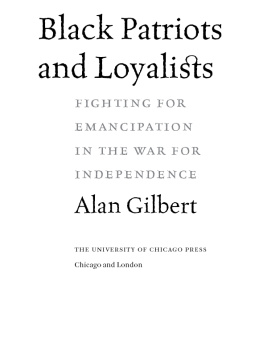




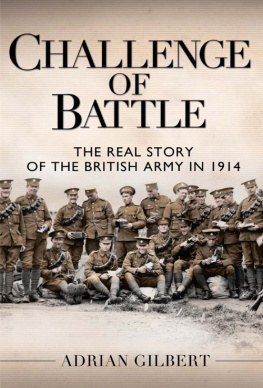




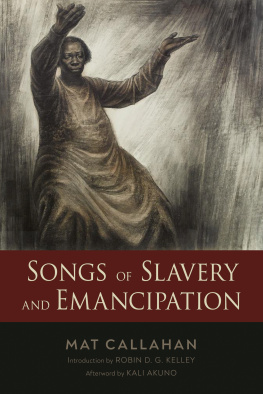
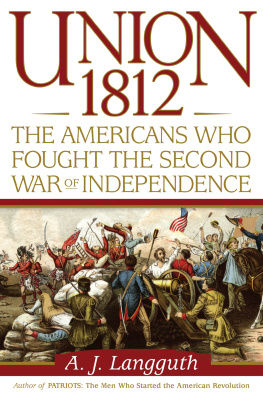
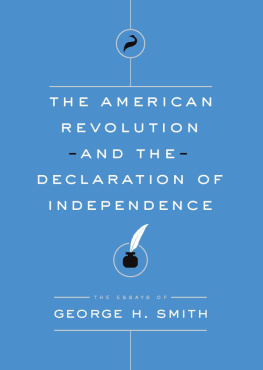


 This paper meets the requirements of ANSI/NISO Z39.481992 (Permanence of Paper).
This paper meets the requirements of ANSI/NISO Z39.481992 (Permanence of Paper).